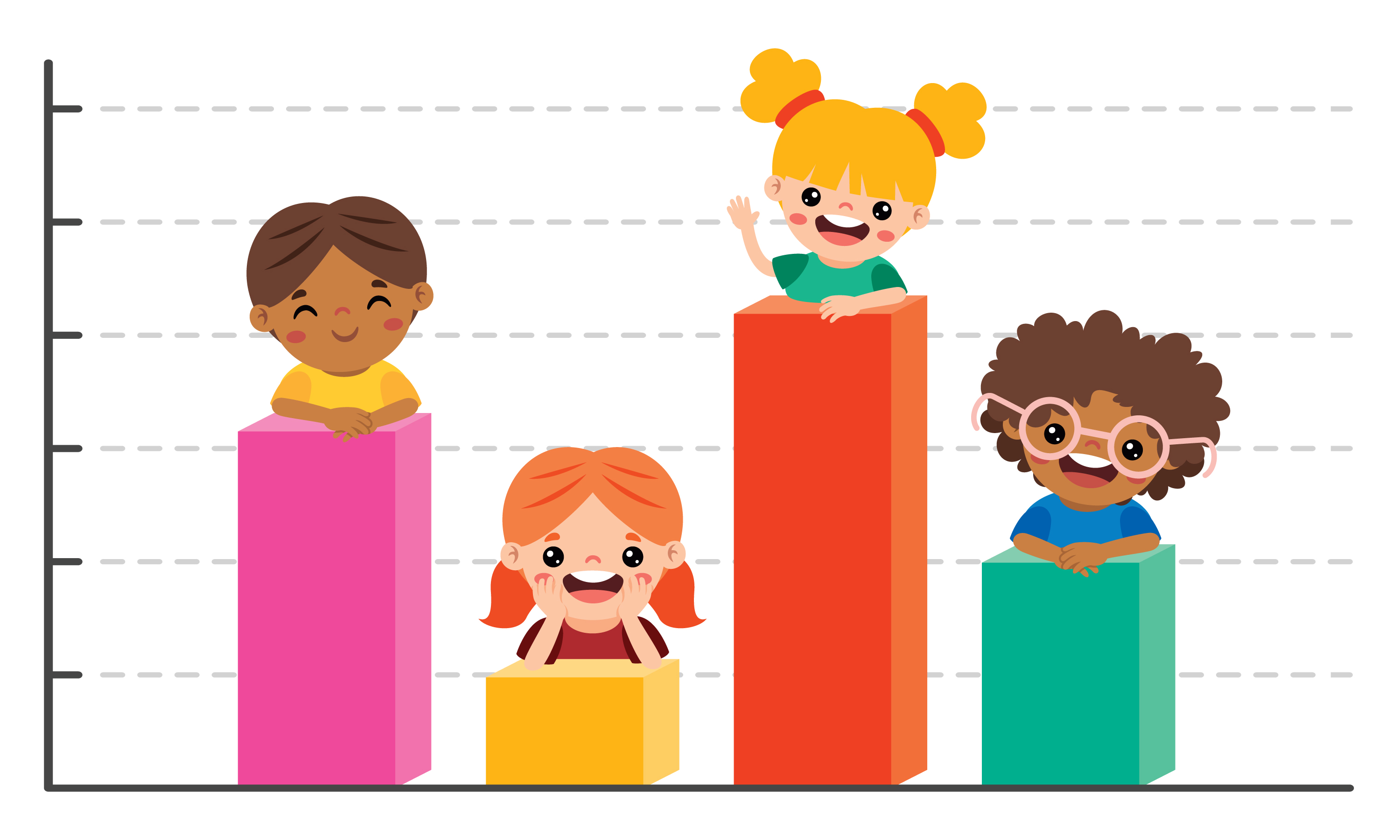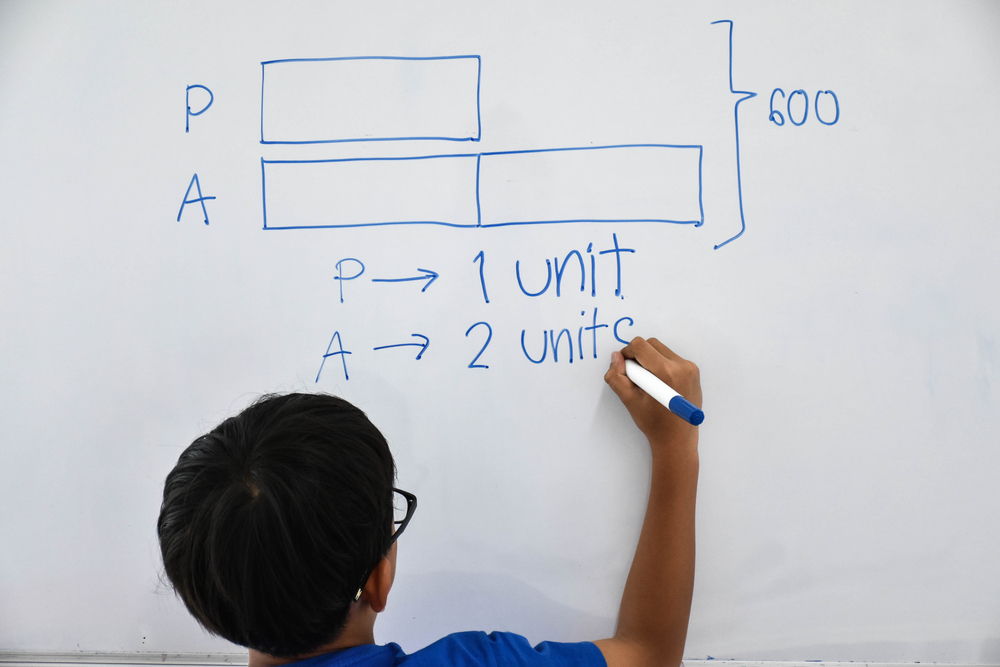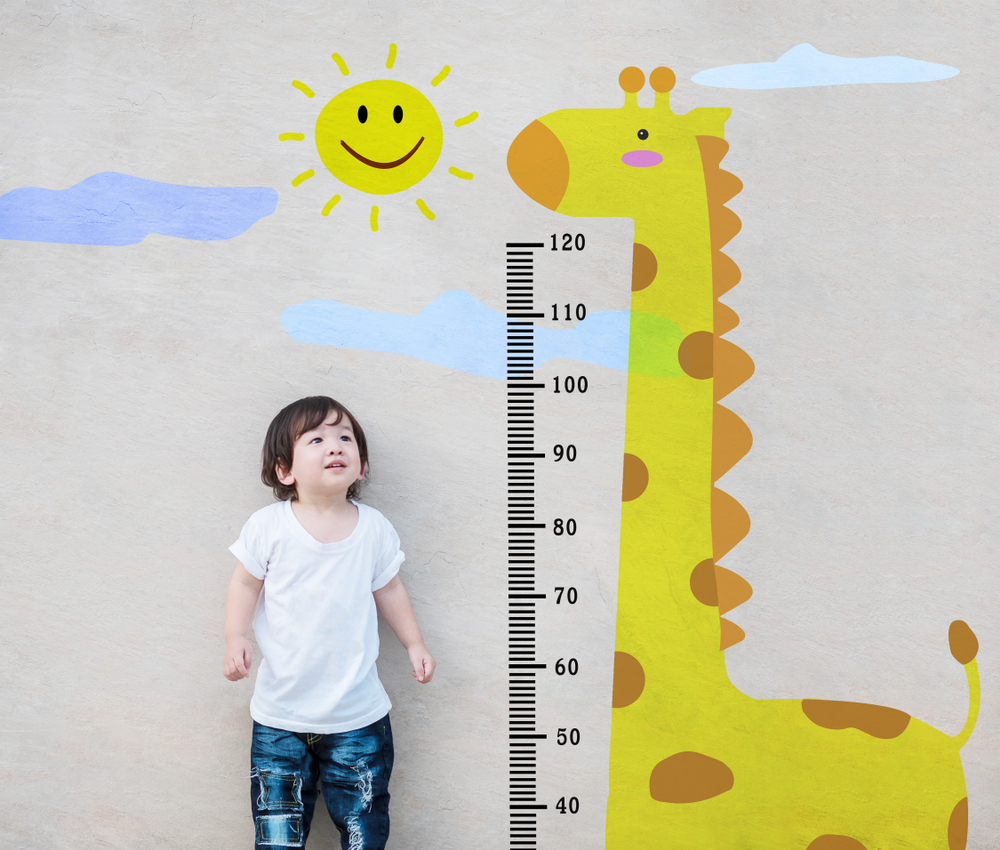Normal Graphs Worksheets for Ages 5-8
4 filtered results
-
From - To
Discover our engaging Normal Graphs Worksheets designed for children ages 5-8! These worksheets provide young learners with a fun introduction to graphing concepts while developing critical math skills. Featuring colorful visuals and interactive activities, these resources make it easy for kids to understand and interpret data through basic graphs. Perfect for classroom use or at-home learning, our worksheets encourage creativity and enhance problem-solving abilities. Parents and teachers alike will appreciate the clear instructions and entertaining format that keeps young minds engaged. Access these valuable resources today and help children build a strong foundation in mathematics through enjoyable graphing activities!
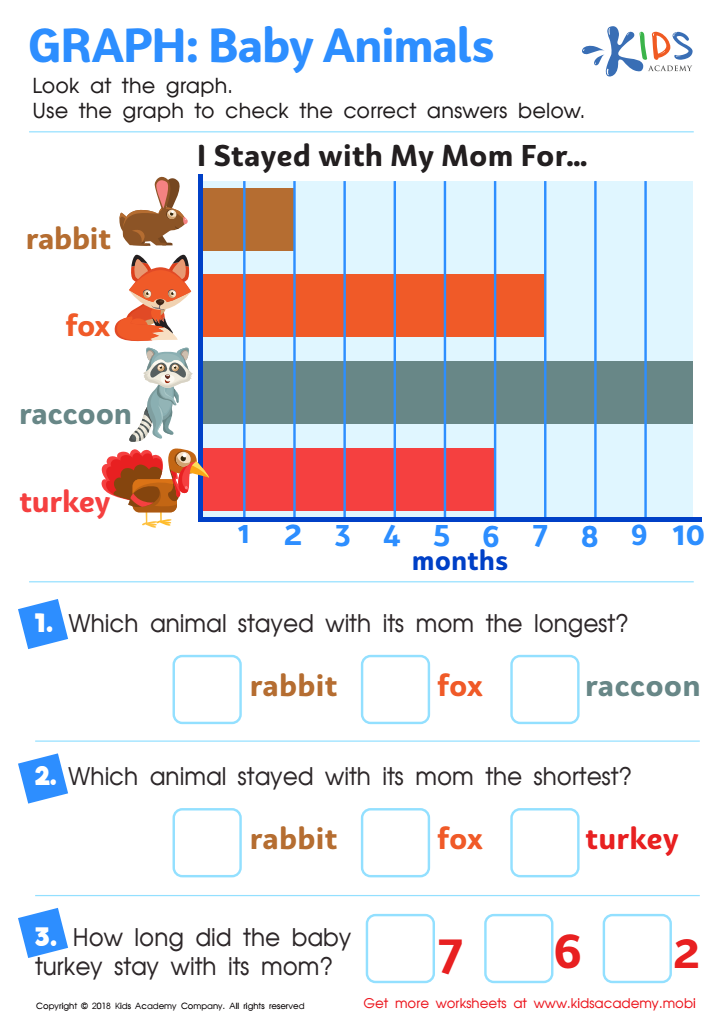

Graph: Baby Animals Worksheet
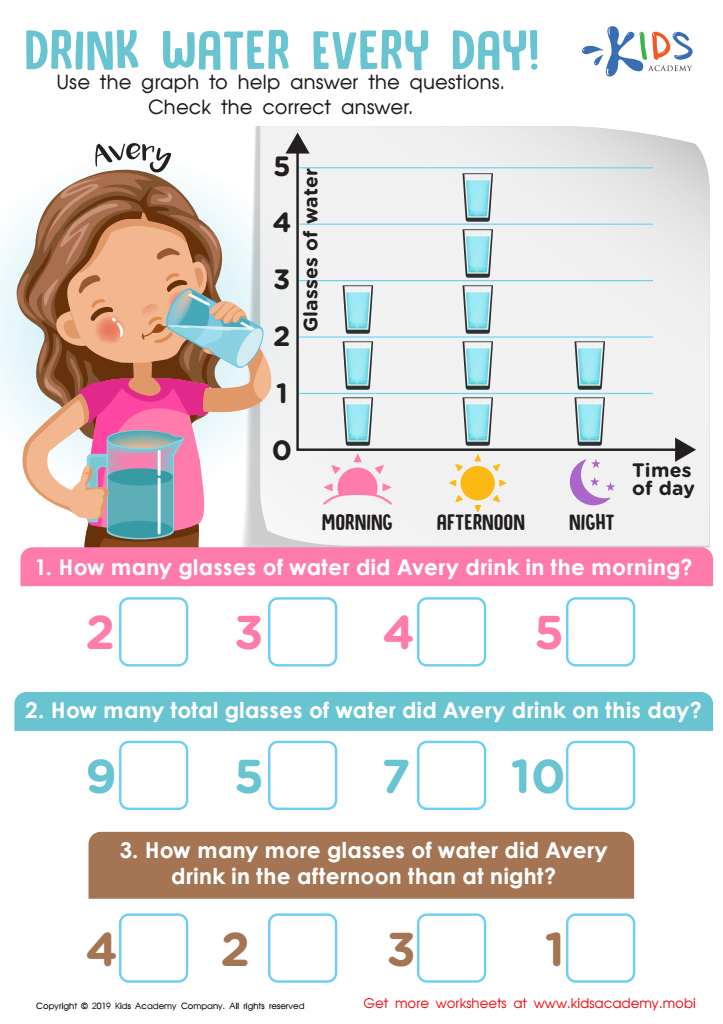

Drink Water Every Day! Worksheet
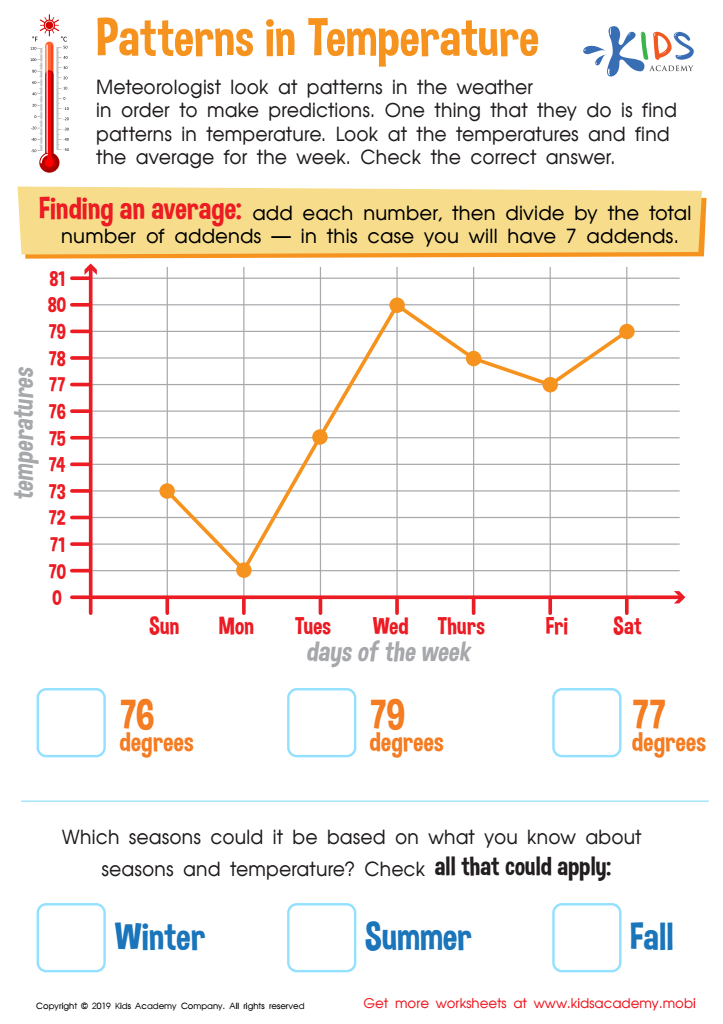

Patterns in Temperature Worksheet
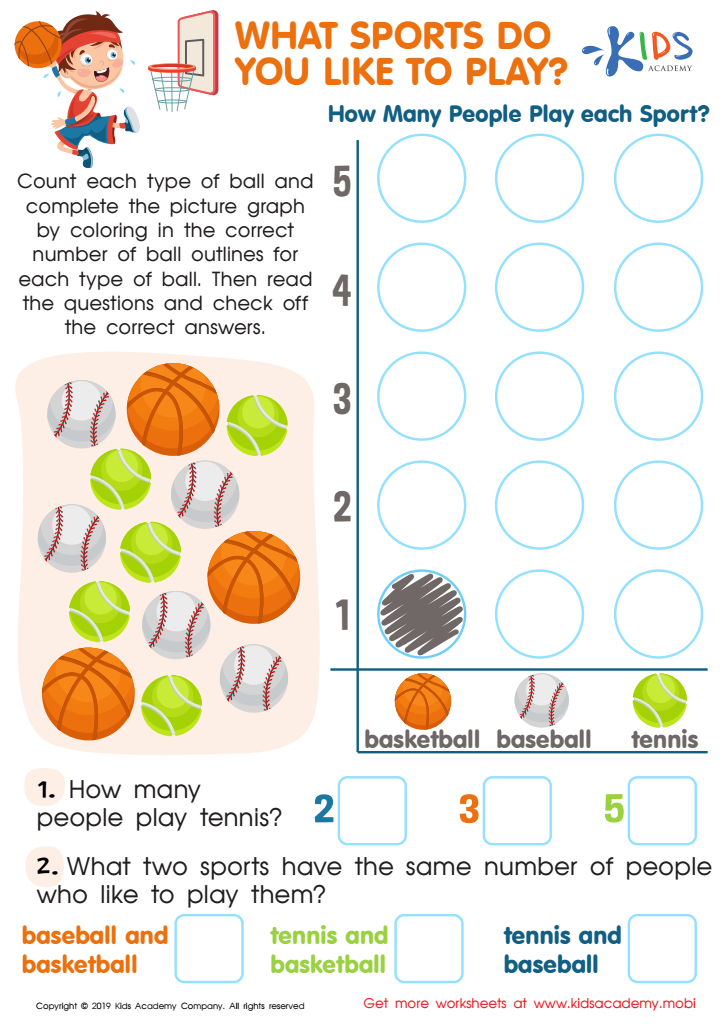

What Sports Do You Like to Play Worksheet
Normal graphs are valuable educational tools that can significantly benefit children aged 5-8. For parents and teachers, understanding and using normal graphs can enhance children's learning experiences in various subjects such as mathematics, science, and social studies.
Firstly, normal graphs provide a visual representation of data, which helps young learners develop critical analytical skills. This age group often struggles with abstract concepts, and normal graphs simplify data interpretation, allowing children to grasp relationships and variations more intuitively.
Furthermore, normal graphs foster skills such as comparison, pattern recognition, and problem-solving. When children engage with graph data, they learn to interpret information, draw conclusions, and make predictions based on visual evidence. These skills are foundational for scientific inquiry and quantitative reasoning.
Additionally, introducing normal graphs at an early age nurtures a positive attitude toward mathematics and data analysis. Children are more likely to enjoy mathematical learning if it's represented in a playful and engaging manner, laying the groundwork for higher-level abstract thinking in the future.
In conclusion, normal graphs are crucial for helping children develop essential skills. By incorporating them into educational activities, parents and teachers nurture curiosity, cognitive growth, and a lifelong appreciation for learning.

 Assign to My Students
Assign to My Students




